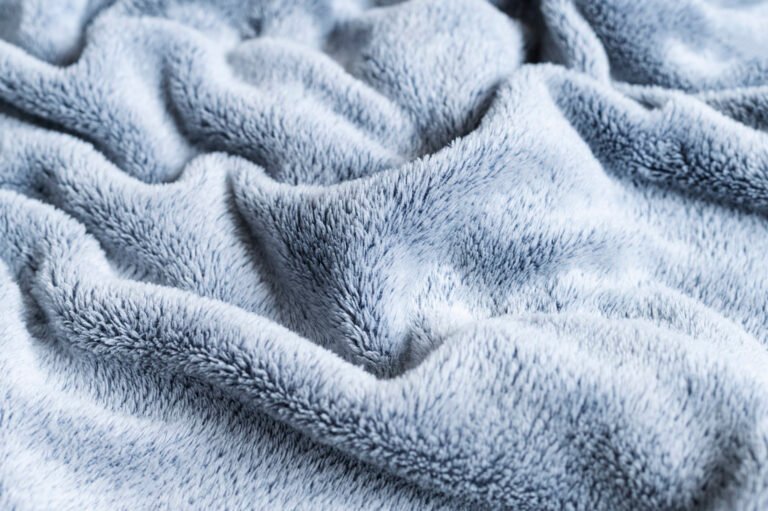
Introduction: The Versatile Comfort of Terry cloth, a fabric renowned for its unparalleled absorbency and softness, has become a staple in the textile industry. Named after its inventor, Terry cloth has evolved from its humble beginnings to a versatile material with widespread applications. In this article, we delve into the history, production process, and various uses of Terry cloth, exploring why it remains a popular choice for comfort and functionality.
History of The Versatile Comfort of Terry Cloth: Terry cloth has a fascinating history that dates back to the 19th century. It was invented by an English textile merchant named Terry, who revolutionized the industry with this unique fabric. Originally used for towels and bathrobes due to its exceptional absorbent qualities, Terry cloth gained popularity rapidly and soon found its way into various other applications.
Production Process: The production process of Terry cloth involves weaving loops of fabric to create a plush surface. The loops give the fabric its distinctive texture, which contributes to its absorbency and softness. Cotton is the primary material used for Terry cloth, ensuring a natural feel and breathability. The weaving process allows the fabric to trap air within the loops, enhancing its insulating properties.
Characteristics of Terry Cloth: Terry cloth is celebrated for its notable characteristics:
- Absorbency: One of the key features of Terry cloth is its exceptional ability to absorb moisture. This makes it an ideal choice for towels, bathrobes, and other items used in water-related activities.
- Softness: The loops in Terry cloth create a soft and plush texture, providing a luxurious feel against the skin. This comfort factor has contributed to its popularity in various applications, including loungewear and baby products.
- Durability: With proper care, Terry cloth can be remarkably durable. Its ability to withstand frequent washing and wear makes it a practical choice for everyday items.
Applications of Terry Cloth: Terry cloth’s versatility is evident in its wide range of applications:
- Towels: The Versatile Comfort of Terry cloth towels are a household essential, appreciated for their absorbency and quick-drying nature.
- Bathrobes: The plush and comfortable feel of Terry cloth makes it an excellent choice for bathrobes, providing a spa-like experience at home.
- Apparel: From loungewear to activewear, Terry cloth is used in the fashion industry for its comfort and breathability.
- Baby Products: Soft and gentle on sensitive skin, Terry cloth is commonly used in baby towels, bibs, and blankets.
- Cleaning Cloths: The absorbent nature of Terry cloth makes it effective for cleaning purposes, whether in the kitchen or for general household cleaning.
Conclusion: The Versatile Comfort of Terry cloth stands as a testament to the ingenuity of textile innovation. From its humble origins to its current status as a textile marvel, Terry cloth continues to be an essential part of our daily lives. Its absorbency, softness, and durability make it a popular choice across various industries, ensuring that this versatile fabric remains a beloved and functional part of our homes and wardrobes.
Explore the fabric’s versatility in the fashion industry, where it is utilized in loungewear and activewear for its unmatched comfort and breathability. Witness its gentle touch on sensitive skin as it becomes a common choice for baby towels, bibs, and blankets. Uncover its effectiveness in household cleaning, proving its worth in the kitchen and general cleaning tasks.
Join us in celebrating The versatile comfort of Terry cloth as a testament to the ingenuity of textile innovation. From its humble origins to its current status as a textile marvel, Terry cloth remains an essential part of our homes and wardrobes. Embrace the absorbent, soft, and durable qualities that make Terry cloth a beloved and functional fabric that continues to stand the test of time.
